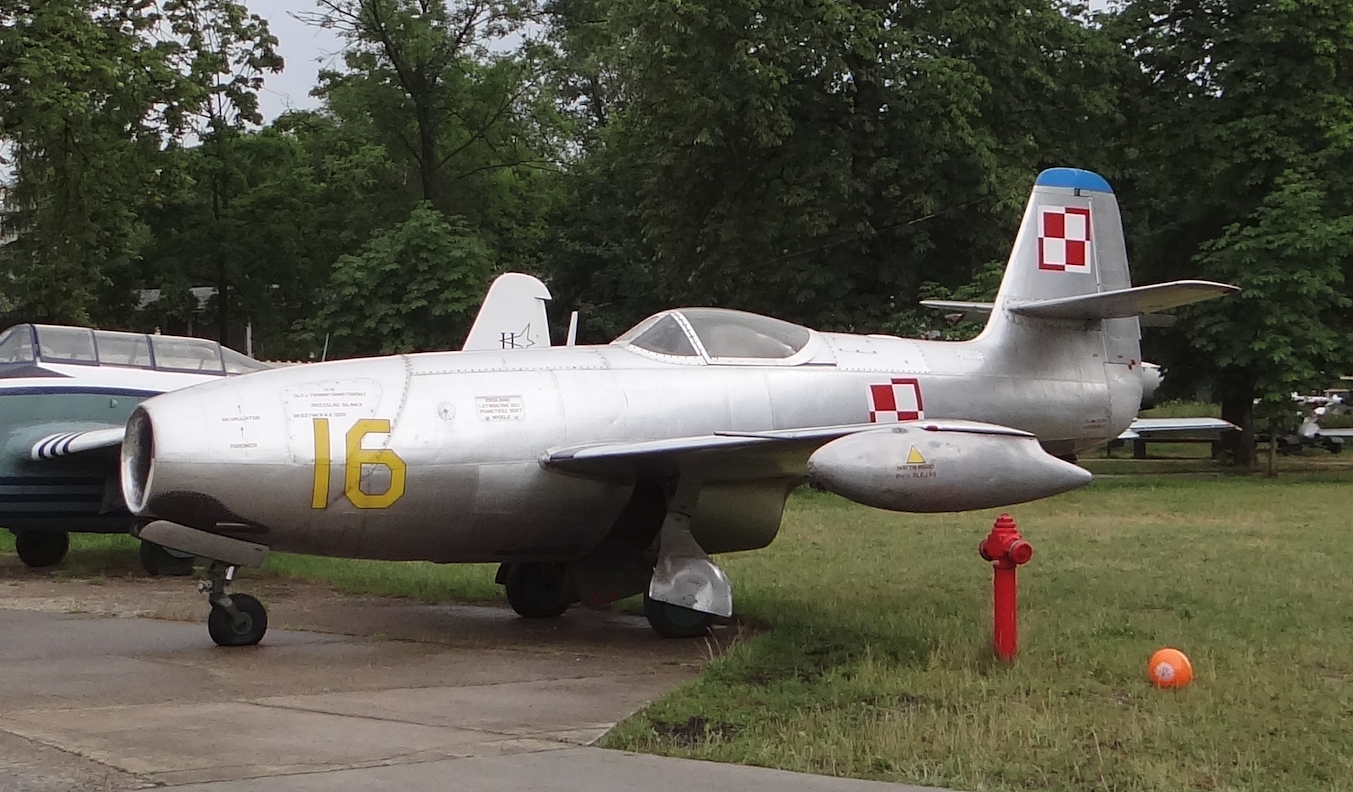Świdwin 2008-01-18
40th Fighter Aviation Regiment.
40th Attack Aviation Regiment.
40th Fighter-Bomber Aviation Regiment.
in Świdwin.
1951–1999
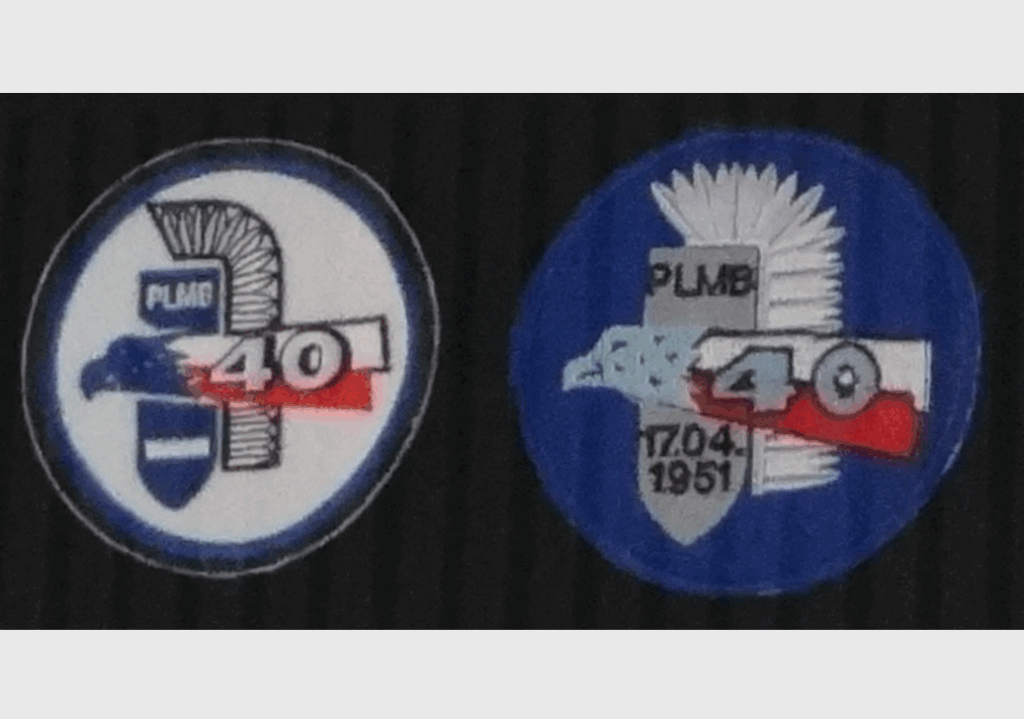
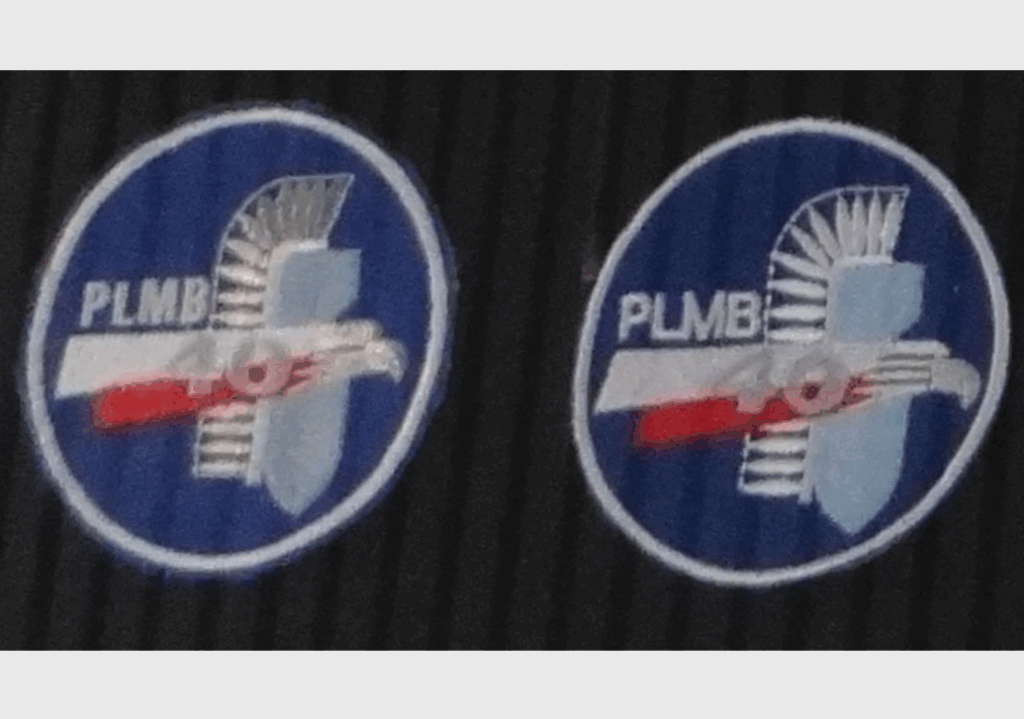
History of the 40th Fighter Aviation Regiment. 1951.
The date of establishment of the 40th Fighter Aviation Regiment is considered to be April 17, 1951. In 1952, the 2nd Fighter Aviation Regiment, equipped with Yak-23 aircraft, began operations at Kraków’s Czyżyny-Rakowice Airport. The unit’s commander at that time was Jan Frej-Bielecki. Based on the personnel of the 2nd Fighter Aviation Regiment, two more fighter regiments were organized, which together constituted the 7th Fighter Aviation Division of the Air Defense Forces. These were the 39th Fighter Aviation Regiment and the 40th Fighter Aviation Regiment. Mierzęcice Airport, near Katowice, was used for the newly formed regiments. Thus, October 1951 and Kraków were the starting point for the 40th Fighter Aviation Regiment. By February 1952, the Regiment was in Mierzęcice.
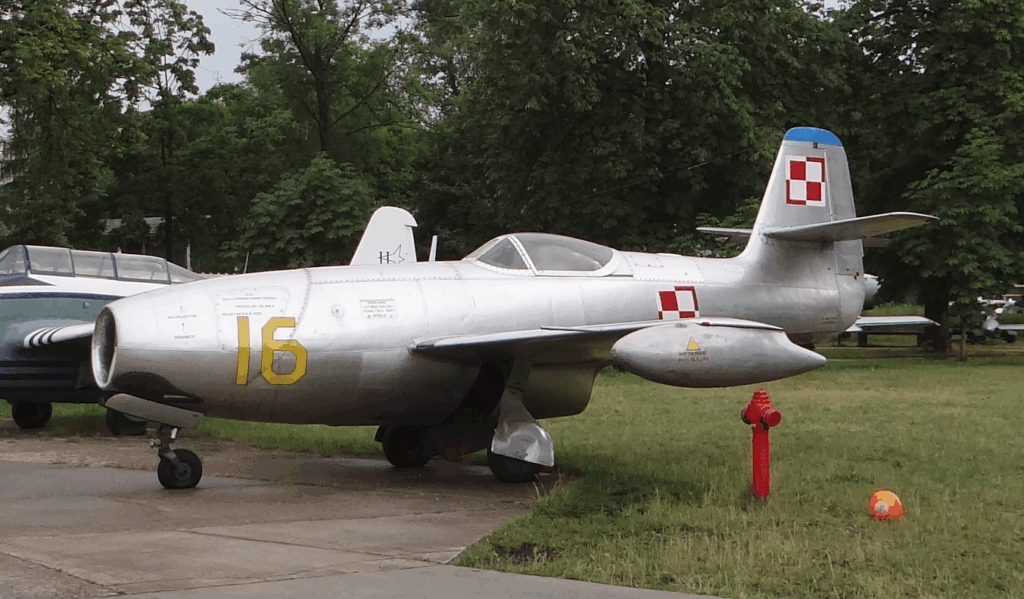
Due to the Korean War, Moscow forced Poland to create additional air units. The General Staff of the Polish Army issued Order No. 0096/Org. on December 11, 1951, by which the Air Force Command began the formation of the 11th Fighter Aviation Division (DLM). The order assumed the creation of the following units within the 11th DLM: 11th Fighter Aviation Division, 24th Fighter Aviation Division, 27th Fighter Aviation Division, 75th Signal Company, and 47th Mobile Aviation Repair Workshop.
These units were planned to be established between May 1952 and December 1952. Poland’s difficult economic situation made it impossible to fulfill this order. A new Order No. 0078/Org. was issued. of November 19, 1952, which established the formation of tactical air units consisting of two air regiments. Therefore, the formation of the 20th Air Regiment, 23rd Air Regiment, 24th Air Regiment, 27th Air Regiment, and 43rd Air Regiment was abandoned, and the 11th Air Division was assigned command of the 26th Air Regiment of the 9th Air Regiment, which was assigned Zegrze Pomorskie as its base of operations, and the 40th Air Regiment of the 7th Air Regiment, which was assigned Świdwin as its base of operations, where the remaining division units were also stationed. Consequently, the 11th Air Division was assigned command of the 26th Air Regiment of Zegrze Pomorskie and the 40th Air Regiment of Świdwin.
From Mierzęcice Airport, the 40th Air Regiment was airlifted to Świdwin on January 17, 1953. From that day on, for several decades, the 40th Regiment was associated with Świdwin. The Division’s headquarters was also located there. On February 3, 1953, Air Force Range No. 6 was established in Podborsk for the 11th Airborne Division.
From August to December 1953, pilots of the 40th Airborne Regiment and 26th Airborne Regiment were trained on MiG-15s, which replaced the Yak-23 fighters.
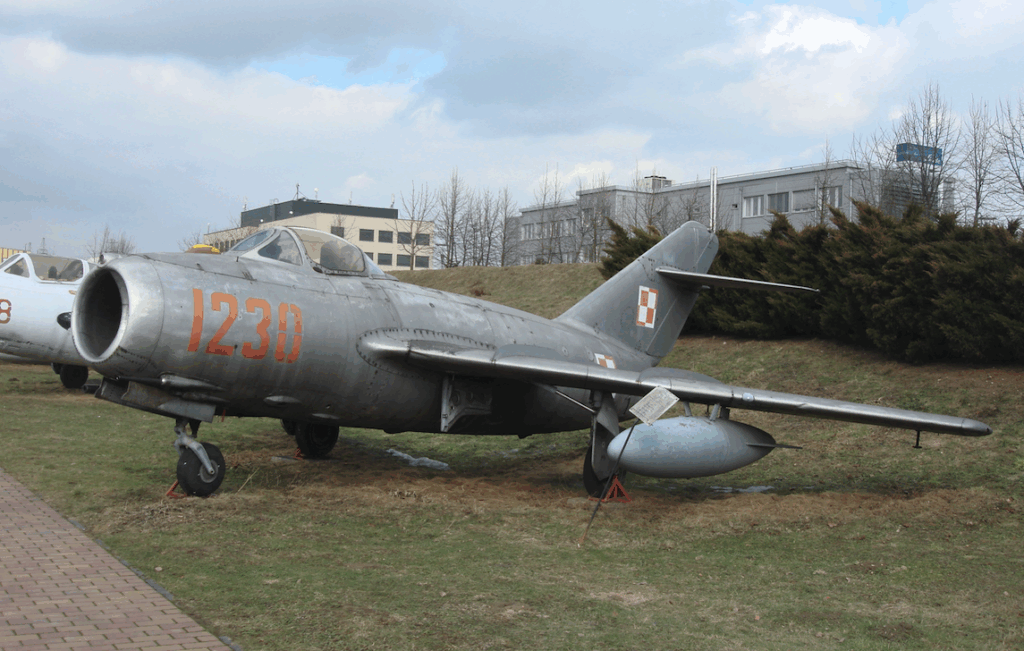
In 1955, the 40th Airborne Regiment (PLM) achieved combat readiness. The Division achieved combat capability as a tactical unit at the end of 1956. The reason for this long period of reaching full combat capability was the lack of sufficient pilots and their low level of training, caused by lowered requirements for candidates and, above all, the dysfunctional communist system, which did not welcome Poles of Second Polish Republic descent in the country.
On November 14, 1957, Order No. 098/Org. was issued by the Ministry of National Defense, according to which the 26th Airborne Regiment (PLM) from Zegrze Pomorskie was removed from the 11th Airborne Division, and the 4th Airborne Regiment (PLM) stationed in Goleniów was subordinated to it. For the 40th Air Force Regiment, this is of little significance, but it should be remembered that the entire 11th Air Force Division operates within the Operational Aviation (LO) system, meaning that in a “War” situation, it becomes the Air Force and acts as an offensive element.
New equipment. 1959.
The basic fighter of the 40th Air Force Regiment was the Lim-1/2. Gradually, towards the end of the 1950s, the 40th Air Force Regiment increased its military potential. In June 1959, the Regiment received two MiG-17 PF aircraft from the 28th Air Force Regiment OK in Słupsk. In the spring of 1960, the first Lim-5 aircraft were delivered to the Regiment. There were eight of them. Also in 1960, the Regiment received one Lim-5 P. By 1961, the Regiment already had one squadron (12) of Lim-5 P aircraft, including two MiG-17 PF aircraft.
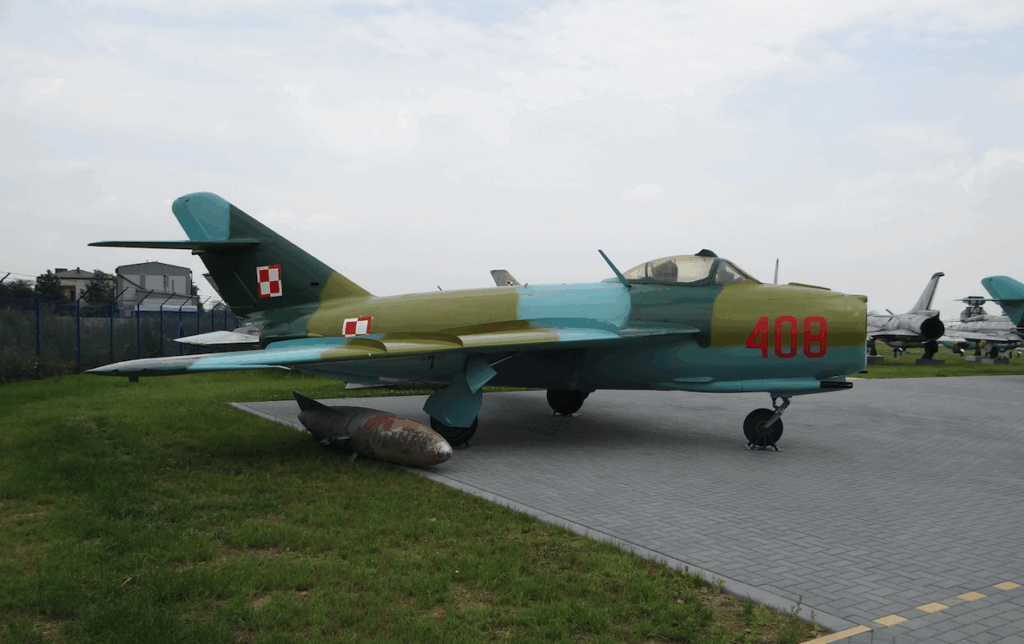
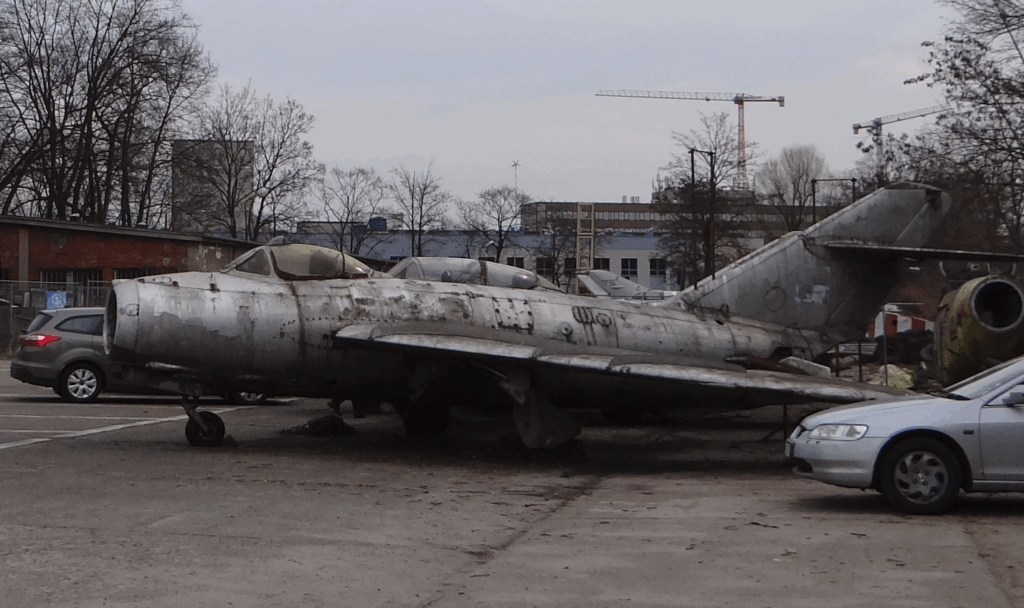
In 1960, the 2nd Central Fighter Aviation Championships of the Polish Air Force and Air Defense Command were held. Individually, second place went to Lieutenant Ryszard Kociołowicz from the 40th Fighter Aviation Regiment in Świdwin. This demonstrates the systematic improvement of pilot training and the growing combat value of the entire Regiment.
1963
In 1963, the 11th Fighter Aviation Division changed its name to the 5th Brandenburg Fighter Aviation Division, inheriting the traditions of the defunct 3rd Brandenburg Fighter Aviation Division. This was based on Order No. 55/Org. of the Ministry of National Defense dated October 7, 1963. The 4th Fighter Aviation Regiment and the 40th Fighter Aviation Regiment, which were part of the Division, did not change their names. MiG-21 in the 40th Air Force Regiment. 1964.
As early as 1964, the first flight and maintenance personnel were trained on the new MiG-21 fighter. In September 1964, the first MiG-21 F-13s were delivered from Modlin to Świdwin. Probably five aircraft, although possibly only four, meaning one flight.
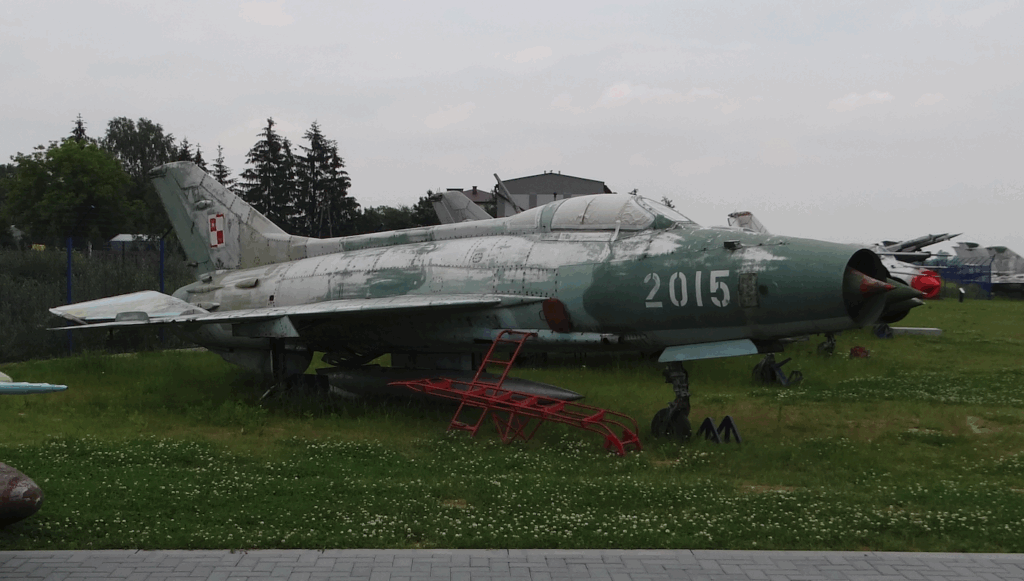

In May 1965, the 40th Air Force Regiment (PLM) received at least one MiG-21 U 66-400 combat trainer.
In 1965, each of the Division’s two Regiments received one squadron of MiG-21 PF aircraft, fighters equipped with radar sights. The 40th Air Force Regiment (PLM) likely received 15 MiG-21 PF aircraft.
On February 4, 1966, the 40th Air Force Regiment (PLM) received 10 MiG-21 PFM aircraft, and on January 23, 1967, another 12 MiG-21 PFM aircraft. This number of MiG-21s allowed the Regiment to fully equip itself with MiG-21 PF/PFM aircraft and to transfer MiG-21 F-13, Lim-5, and P aircraft to other air regiments. A total of 44 MiG-21 aircraft have passed through the Regiment.
Known MiG-21s operated by the 40th Air Force Regiment in Świdwin:
No. MiG-21 Nb / serial number Date Notes 1 F-13 812 / 74812 September 1962 In September 1964 the aircraft was delivered to the 40th Airborne Aviation Regiment in Świdwin. 2 F-13 813 / 74813 September 1962 In September 1964 the aircraft was delivered to the 40th Airborne Aviation Regiment in Świdwin. 3 F-13 814 / 74814 September 1962 In September 1964 the aircraft was delivered to the 40th Airborne Aviation Regiment in Świdwin. 4 F-13 9050905 / 740905 1963 Used in the 40th Aircraft Regiment (on 11/05/1971 it collided with MiG-21 U nb 1219). 5 F-13 Used in the 40th Aircraft Regiment. In 1965 a crash occurred in which the pilot Lieutenant Cyryl Królewski was killed. Near the town of Chlebówek. 6 PF 1713 / 761713 Czerwice 1965. From June 1965 in the stock of 40th Aircraft Regiment in Świdwin. 7 PF 1808 / 761808 Czerwice 1965. From June 1965 in the stock of 40th Aircraft Regiment in Świdwin. 8 PF 1809 / 761809 Czerwice 1965. From June 1965 in the stock of 40th Aircraft Regiment in Świdwin. 9 PF 1810 / 761810 Czerwice 1965. From June 1965 in stock 40 PLM in Świdwin. 10 PF 1811 / 761811 Czerwice 1965. From June 1965 in stock 40 PLM in Świdwin. 11 PF 1812 / 761812 Czerwice 1965. From June 1965 in stock 40 PLM in Świdwin. 12 PF 1813 / 761813 Czerwice 1965. From June 1965 in stock 40 PLM in Świdwin. 13 PF 1815 / 761815 Czerwice 1965. From June 1965 In stock 40 PLM in Świdwin. 14 PF 1903 / 761903 Czerwice 1965. From June 1965 in stock 40 PLM in Świdwin. 15 PF 1904 / 761904 Czerwice 1965. From June 1965 in stock 40 PLM in Świdwin. 16 PF 1911 / 761911 Czerwice 1965. From June 1965 in stock 40 PLM in Świdwin. 17 PF 1913 / 761913 Czerwice 1965. From June 1965 in stock 40 PLM in Świdwin. 18 PF 2003 / 762003 Czerwice 1965 From June 1965 in the stock of 40th PLM in Świdwin. 19 PF 2004 / 762004 June 1965 From June 1965 in the stock of 40th PLM in Świdwin. After leaving the service, transferred to the museum in Czyżyny (2002, 2007) 20 PF 2005 / 762005 June 1965 From June 1965 in the stock of 40th PLM in Świdwin. 21 U 66-400 1219 / 161219 May 1965 Used in the stock of 40th PLM (11.05.1971 collision with MiG-21 F-13 nb 0905). 22 PFM 01 / 94 ML-01 4.02.1966 From February 1966 in the 40th PLM in Świdwin. After end of operation in the museum in Czyżyny (2002). 23 PFM 02 / 94 ML-02 4.02.1966 From February 1966 in the 40th PLM in Świdwin. 24 PFM 03 / 94 ML-03 4.02.1966 From February 1966 in the 40th PLM in Świdwin. 25 PFM 04 / 94 ML-04 4.02.1966 From February 1966 in the 40th PLM in Świdwin. 26 PFM 05 / 94 ML-05 4.02.1966 From February 1966 in 40th PLM in Świdwin. 27 PFM 06 / 94 ML-06 4.02.1966 From February 1966 in 40th PLM in Świdwin. 28 PFM 07 / 94 ML-07 4.02.1966 From February 1966 in 40th PLM in Świdwin. Used in 40th PLM (23.01.1968 accident ?) 29 PFM 08 / 94 ML-08 4.02.1966 From February 1966 in 40th PLM in Świdwin. 30 PFM 09 / 94 ML-09 4.02.1966 From February 1966 in 40th PLM in Świdwin. 31 PFM 10 / 94 ML-10 4.02.1966 From February 1966 in 40th PLM in Świdwin. 32 PFM 4909 / 94 A 4909 23.01.1967 From January 1967 in 40th PLM in Świdwin. 33 PFM 4910 / 94 A 4910 23.01.1967 From January 1967 in 40th PLM in Świdwin. 34 PFM 4911 / 94 A 4911 23.01.1967 From January 1967 in the 40th PLM in Świdwin. 35 PFM 4912 / 94 A 4912 23.01.1967 From January 1967 in the 40th PLM in Świdwin. 36 PFM 4913 / 94 A 4913 23.01.1967 From January 1967 in the 40th PLM in Świdwin. 36 PFM 4914 / 94 A 4914 23.01.1967 From January 1967 in the 40th PLM in Świdwin. 38 PFM 4915 / 94 A 4915 23.01.1967 From January 1967 in the 40th PLM in Świdwin. 39 PFM 5001 / 94 A 5001 23.01.1967 From January 1967 in the 40th PLM in Świdwin. 40 PFM 5002 / 94 A 5002 23.01.1967 From January 1967 in the 40th PLM in Świdwin. 41 PFM 5003 / 94 A 5003 23.01.1967 From January 1967 in the 40th PLM in Świdwin. 42 PFM 5004 / 94 A 5004 23.01.1967 From January 1967 in the 40th PLM in Świdwin. 43 PFM 5005 / 94 A 5005 23/01/1967 From January 1967 with the 40th PLM in Świdwin. 44 PFM 022 / 94 A 0022 1968 Used in the 40th PLM Świdwin.1971 rok.
In 1971, the Regiment underwent significant changes. The Regiment was renamed the 40th Fighter-Attack Aviation Regiment to the 40th Fighter-Attack Aviation Regiment. 1971 was a year of significant transformation for the 5th Brandenburg Fighter Aviation Division. First, the Division changed its name to the 3rd Brandenburg Assault-Reconnaissance Division, which also resulted in a change in the missions of its individual units. The 4th Fighter Aviation Regiment from Goleniów remained a fighter unit but left the Division’s structure. The Division accepted command of the 8th Fighter Airlift Unit from Mirosławiec and the 32nd Fighter-Attack Aviation Regiment from Sochaczew. Our hero, the 40th Fighter Aviation Regiment, became an assault unit. All of this was based on Order No. 03/Org. of the Chief of the Air Force General Staff. On March 27, 1971, regarding the change in regimental subordination.
The 40th Air Force Regiment was redesignated the 40th Air Force Regiment-B and had to dispose of its MiG-21 PF/PFM. Lim-6 bis attack aircraft were adopted in their place. At that time, the Polish Military Aviation had 153 Lim-6 bis attack aircraft, primarily in the 6th Air Force Regiment in Piła, the 8th Air Force Regiment in Mirosławiec, the 40th Air Force Regiment in Świdwin, and the 45th Air Force Regiment in Babimost.
1982.
On November 23, 1982, the 40th Air Force Regiment was redesignated the 40th Air Force Regiment-B. This was due to the planned adoption of Su-22M4 fighter-bombers into the Polish Air Force.

At the end of the 1970s, the need for equipment replacement arose. The Lim-6 bis aircraft no longer met the needs of our army. Since the only market from which we could acquire new aircraft was the CCCP, the choice was limited. The Soviets offered to sell us either the MiG-23 BM or the Su-22 M 3. The latter aircraft was closer to us. It was economically viable and continued the lineage of the Su-7 and Su-20 aircraft, well-known in Poland.
However, in 1982, Poland’s decision was not made. We waited for a better-equipped aircraft, the Su-22 M 4. The difference was subtle, but nevertheless significant. Without going into detail, it was the long-range navigation that mattered. In 1983, the Soviets agreed to export this version, and Poland placed an order for 80 Su-22 M4 and 20 Su-22 UM 3K for two fighter-bomber regiments and two squadrons of the 7th BLR-B (Bomber-Reconnaissance Aviation Brigade). In 1986, 10 Su-22 M4 were ordered to equip the third regiment (the 8th from Mirosławiec) with this type of aircraft, replacing the two squadrons of the 7th BLB-R (which retained its Su-20s). Therefore, the 6th PLM-B from Piła, the 8th PLM-B from Mirosławiec, and the 40th PLM-B from Świdwin were selected for re-equipment.
In 1982, the airport in Świdwin began modernization to accommodate the new technology. The runway was renovated. The taxiways and central aircraft parking area (CPPS) were renovated. New staging areas with shelters were constructed. A new MPS depot and radio engineering facilities were also constructed. In 1984, the group of pilots and technicians to be trained on the Su-22 began to be assembled. In April 1984, this group was sent to Krasnodar’s Central Aircraft Parking Area (CCPS), where theoretical and practical training was conducted. The soldiers returned to Poland in July 1984.Samoloty dostarczano do Powidza w skrzyniach na pokładach samolotów transportowych. Tam sowieccy technicy dokonywali ich montażu, a sowieccy lotnicy wykonywali pierwsze loty. Sowiecka grupa fabryczna była kierowana przez Aleksandra Kaczegarowa. Dopiero po oblotach samoloty przekazywano stronie Polskiej. Za odbiór samolotów przez Wojsko Polskie był odpowiedzialny kpt. Andrzej Rujner, który miał pełnomocnictwo otrzymane od Ministra Handlu Zagranicznego. Samoloty były fabrycznie nowe, a ich żywotność określano na 20-25 lat.
In August 1985, the 40th PLM-B from Świdwin received its first Su-22 aircraft. The aircraft were then deployed to three squadrons. However, from early 1985, pilots from the 40th PLM-B underwent training using Su-22 M4 aircraft belonging to the 6th PLM-B and the Piła airfield.
The Polish pilots quickly mastered their flying skills and, within the first months of operation, were performing takeoffs and landings at the DOL. Combat training was conducted at the Nadarzyce training range and at the naval training range near Ustka. Of particular importance was training using the new, previously unused in the Polish Army, guided weapons class (air-to-ground, air-to-sea, and, according to the revised nomenclature, air-to-surface). The final rearmament process was completed in 1990, when the Regiment achieved the capability to operate the new equipment in all weather conditions, and all pilots achieved Class I or Master Class.
Famous Su-22 M4 and Su-22 UM3K aircraft operated by the 40th PLM-B:
No. Type Nb / No. Date RemarksU 509 / 66509 Used in the 40th ELT in Świdwin. Still active in 2007. 1 U 605 / 69605 1987 Used in the 8th PLM-B in Mirosławiec. Still active in 2007 in the 40th ELT in Świdwin. 2 U 706 / 69706 1987 Used in the 40th PLM-B, and from 2000 in the 40th ELT in Świdwin. Still active in 2007. 3 M 3612 / 37612 1987 Used in the 40th PLM-B, and from 2000 in the 40th ELT in Świdwin. Active in 2007. 4 M 3710 / 37710 1987 Used in 40 PLM-B, and from 2000 in 40 ELT in Świdwin. Active in 2007. 5 M 3713 / 37713 1987 Used in 40 PLM-B, and from 2000 in 40 ELT in Świdwin. Active in 2007. 6 M 3715 / 37715 1987 Used in 40 PLM-B, and from 2000 in 40 ELT in Świdwin. Active in 2007. 7 M 3816 / 37816 1987 Used in 40 PLM-B, and from 2000 in the 40th ELT in Świdwin. Active in 2007. 8 M 3817 / 37817 1987 Used in the 40th PLM-B and from 2000 in the 40th ELT in Świdwin. Active in 2007. 9 M 3818 / 37818 1987 Used in the 40th PLM-B in Świdwin. On 4.04.1995, during a flight near Nowa Wieś, the pilot caused a stall. Luckily, he ejected. The aircraft crashed. 10 M 3819 / 37819 1987 Used in the 40th PLM-B and from 2000 in the 40th ELT in Świdwin. Active in 2007. 11 M 3820 / 37820 1987 Used in 40 PLM-B, and from 2000 in 40 ELT in Świdwin. Active in 2007. 12 M 8101 / 28101 1986 Used in 40 PLM-B, and from 2000 in 40 ELT in Świdwin. Active in 2007. 13 M 8309 / 28309 1986 Used in 40 PLM-B, and from 2000 in 40 ELT in Świdwin. Active in 2007. 14 M 8816 / 28816 1986 Used in 40 PLM-B, and from 2000 40th ELT in Świdwin. Active in 2007. 15 M 8920 / 28920 1986. Used in 40th PLM-B, and from 2000 in 40th ELT in Świdwin. Active in 2007. 16 M 9102 / 29102 1987. Used in 40th PLM-B, and from 2000 in 40th ELT in Świdwin. Active in 2007.
88 Su-22 M4K and 20 Su-22 UM3K.
In 2007, there were 48 single- and two-seater aircraft in service. The cost of one flight hour was PLN 44,952 (data from the official SP website).
1999.
As of January 1, 2000, the 40th Airlift Regiment-B ceased to exist. The 39th Airlift Regiment, 40th Airlift Regiment, and 21st Airlift Regiment were established on its basis. This was based on the Order of the Ministry of National Defense dated July 15, 1999, regarding organizational changes in the Airborne Forces, and on the Order of the Commander of the 2nd Air Defense Corps dated August 26, 1999, regarding organizational changes in the 2nd Air Defense Corps.
Aircraft operated by the 40th Airlift Regiment, Sz, M-B;
Po-2, Yak-11, Yak-23, MiG-15, Lim-1/2, Lim-5, Lim-5 P, MiG-17 PF, MiG-21 F-13, PF, PFM, Lim-6 bis, Su-22 M 4 / UM3K, TS-11 Iskra.
Commanders:
Major Pilot Andrzej Rybacki – 1952. Lt. Col. Pilot Aleksander Czapliński 1952-1953. Major Pilot Czesław Smerdel – 1953. Major Pilot Stanisław Kowal 1953-1955. Major Pilot Marian Chrzan 1955-1957. Major Pilot Kazimierz Wojciechowski 1957-1959. Major Pilot Jerzy Budzisz 1959-1963. Lt. Col. Pilot Józef Olesiejuk 1963 – 1971. Lt. Col. pilot Władysław Czaban 1971 – 1973. Lt. Col. pilot Kazimierz Balcerak 1973 – 1978. Lt. Col. pilot Andrzej Dulęba 1978 – 1985. Col. pilot Stanisław Targosz 1985 – 1990. Lt. Col. pilot Bogdan Kawka 1990 – 1994. Lt. Col. pilot Paweł Jazienicki 1994 – 1997. Major pilot Jacek Bartoszcze 1997 – 1999. Major pilot Andrzej Andrzejewski 1999 – 2000.
Written by Karol Placha Hetman

